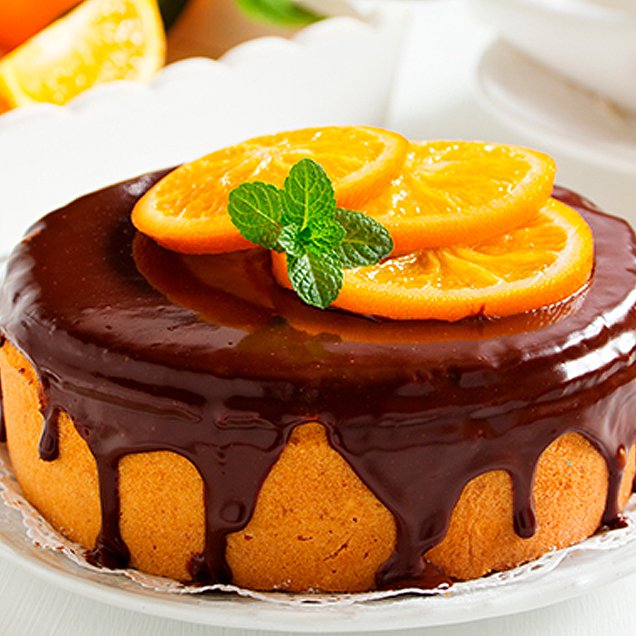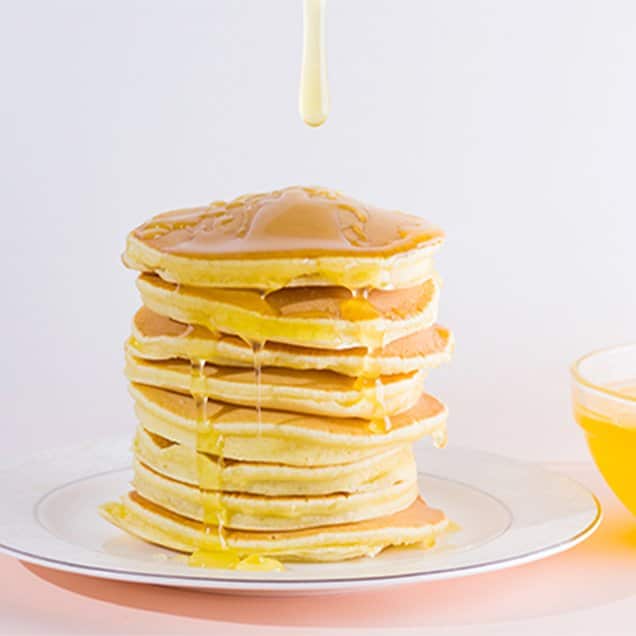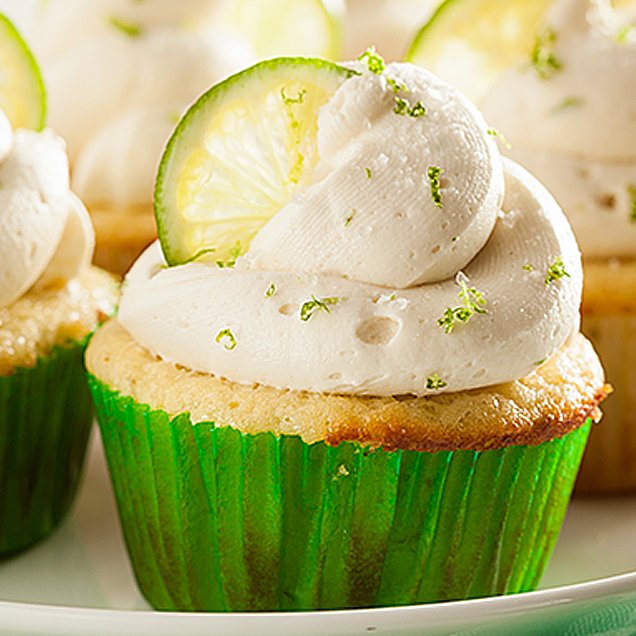
Basic baking techniques, tools, and ingredients
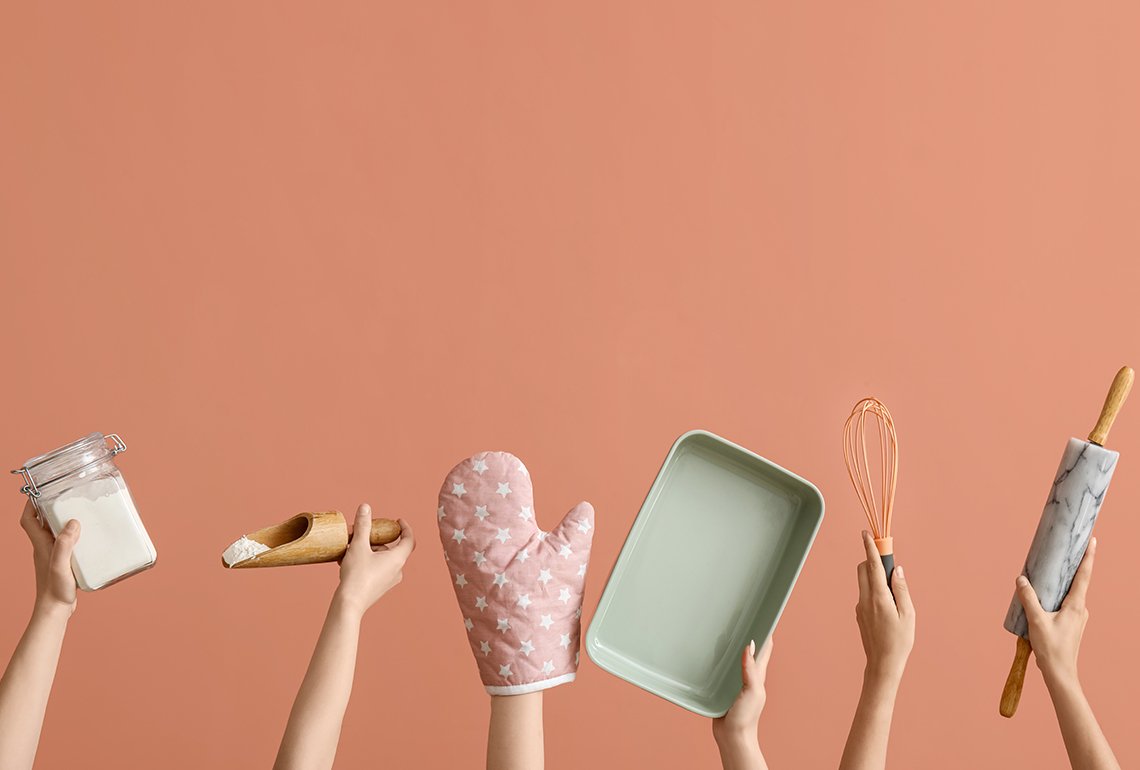
Although baking makes your home smell wonderful and makes your family happy, it can be a difficult activity if you have little experience, so to start baking bread, pastries, and other desserts, use these fundamental methods, ingredients and equipment. Let's get started!

Scoop and level technique
It´s not the most accurate, but it´s the most popular. Use it to measure salt, sugar, flour, baking soda, and baking powder!
When using this technique, scoop flour into measuring cup and level it off with the back of a knife.
Spoon and level technique
Apply this technique to flour, cocoa, or confectioners' sugar!
Use a spoon to scoop flour, and pour it into a measuring cup, don´t pack.
Use a butter knife to lightly tap the edge or top of the measuring cup (4–5 gentle taps) to remove any air bubbles, then level it carefully with a butter knife's flat edge.
Use a scale to weigh ingredients
If the recipe calls for it, weigh the ingredients using a food scale. It´s the most accurate way to measure ingredients, for both dry and liquid ones.
Folding
Folding is a technique used to combine substances without under- or over-mixing them.
Creaming
This is the most common procedure to fully combine butter or shortening and sugar using a mixer before adding remaining liquid ingredients, such as eggs and vanilla or other extracts.
Rub in flour method
This is the best method to get the best texture for your baked goods. Simply press butter repeatedly into flour.
Blind baking method
This method is used for pre-cook pastry dough and in order
order to prevent the crust from bubbling up and losing its shape, you add a sheet of parchment paper or foil over it and then fill it with pie weights, rice or beans.

Basic baking tools and equipment
- Mixing bowls
- Electric hand mixer
- Dry measuring cups
- Liquid measuring cups
- Measuring spoons
- Pastry blender
- Whisk
- Pie plate
- Sheet pans
- Loaf pan
- Pastry brush
- Cake pan
- Cupcake pan
- Pie weights
- Electric stand mixer
- Rubber spatula
- Cookie scoop
- Cooling rack
- Parchment paper

Basic ingredients:
Baking soda and baking powder
Leaveners like baking soda and baking powder enhance the texture and appearance of baked foods. They cause a chemical reaction that results in air bubbles that help dough and batter rise.
Butter
Margarine and butter substitute pale in comparison to the flavor of real butter. So, use real products!
Because we wish to regulate the amount of salt in our recipes, we bake with unsalted butter. Remove some or all of the salt if you're using salted butter.
Cornstarch
In baking, corn starch aids in producing a crumbly and delicate texture. It works well as a thickening in puddings, sauces, soups, and pie fillings.
Eggs
Always use room temp eggs for your baking recipes.
Flour
Use specified flour in your recipe unless it specifies that you can replace it.
Salt
Use fine salt due to its reduced weight. When mixed with other components won´t sink to the bottom of the dish.
Sugar
Use what the recipe calls for, if using a substitute use manufacturer’s recommendation.
Vanilla
Vanilla brings that special and magic touch to your baking e-very-time! So, add a big splash of Vainilla Molina to your baked goodies for tastier results.
Now you know the basic techniques, ingredients and utensils to start this beautiful adventure, so turn on the oven and start baking!
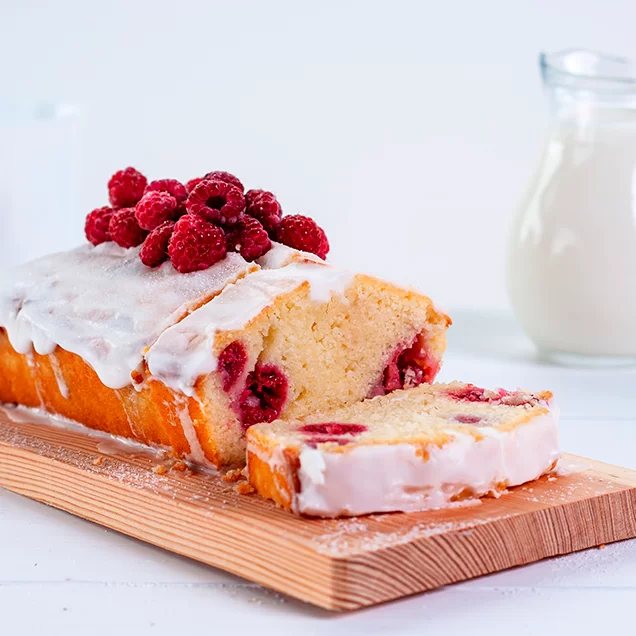
July baking challenge: Raspberry loaf cake
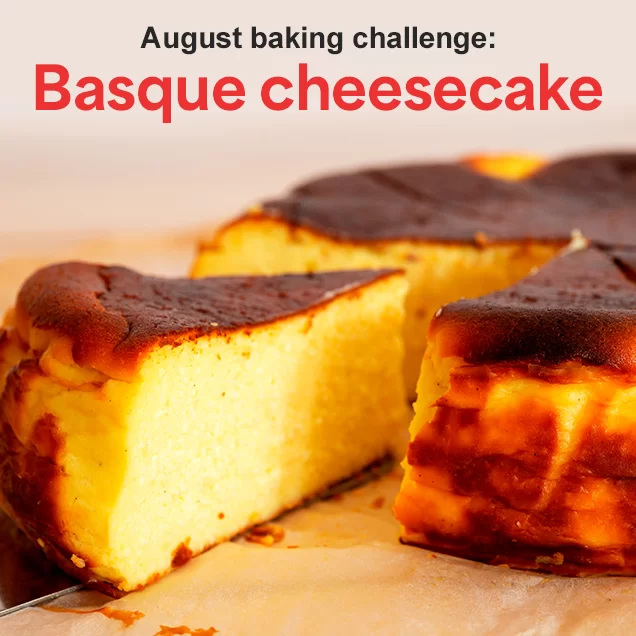
August baking challenge: Basque cheesecake

